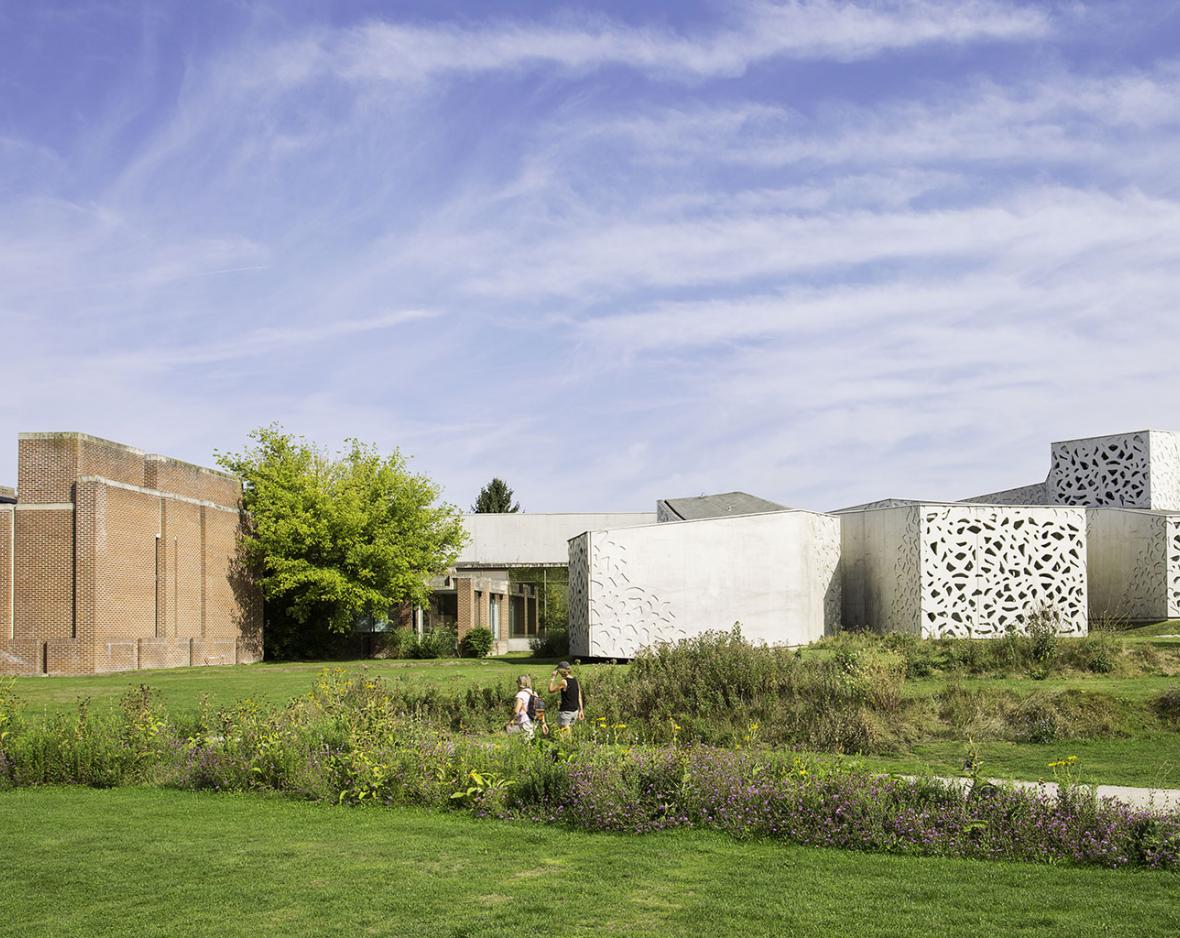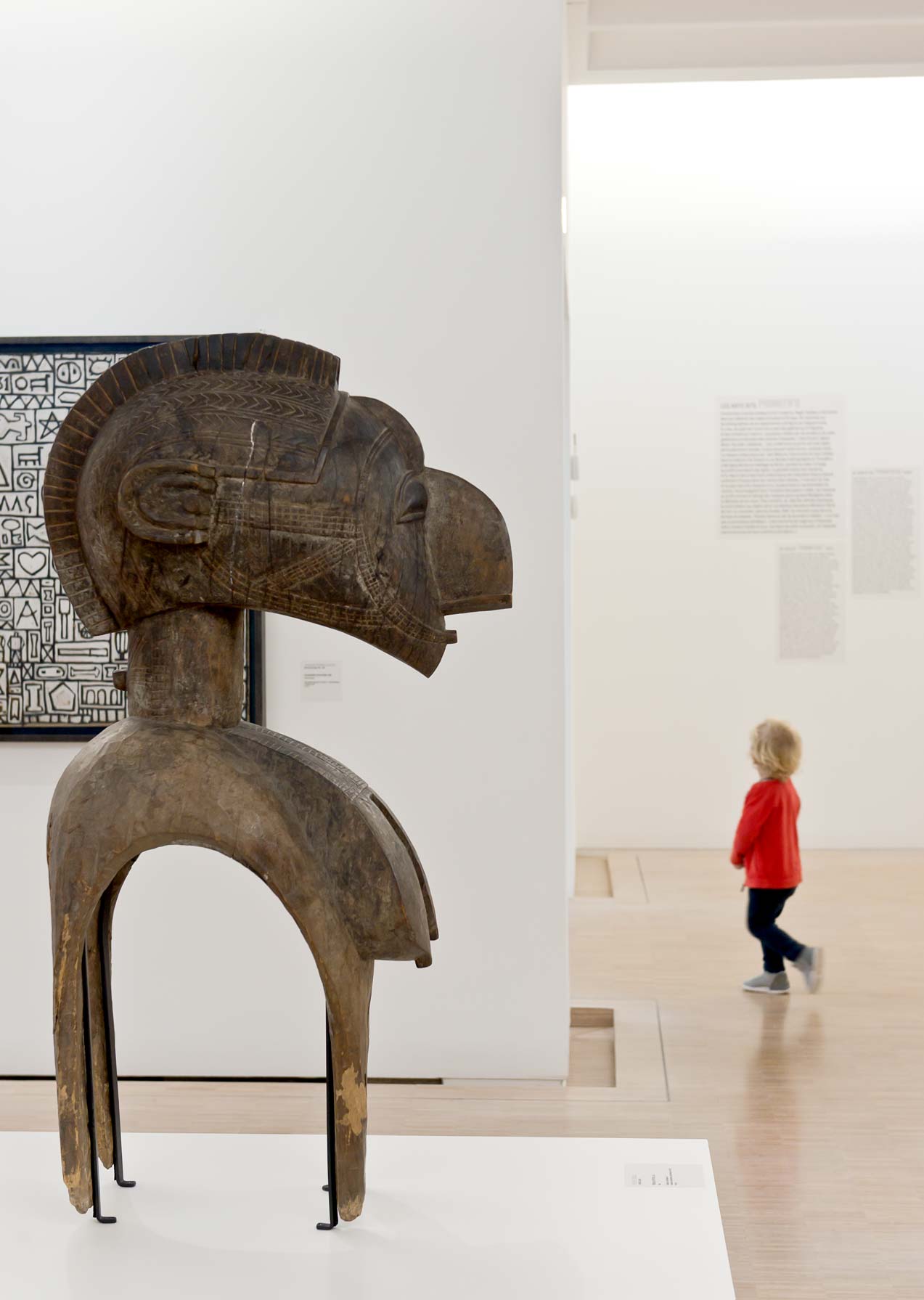


Set in the midst of a lush green sculpture park, the LaM conserves over 7,000 works from the 20th and 21st centuries. From one gallery to the next, it invites you to look afresh at art history as you follow an innovative itinerary that combines modern and contemporary art with France’s largest public collection of art brut.
For all loan requests, please refer to this page.

Receive news about the LaM, its collection, exhibitions, events, and more...
Prendre l'autoroute Paris-Gand (A1/A22/N227)
Sortie 5 ou 6 Flers / Château / Musée d’art moderne

Métro ligne 1 - Station Pont de Bois
+ Bus Liane 6, direction Villeneuve d'Ascq Contrescarpe
ou Bus ligne 32, direction Wasquehal Jean-Paul Sartre
Arrêt L.A.M.
Métro ligne 2 - Station Fort de Mons
+ Bus Liane 6, direction Villeneuve d'Ascq Contrescarpe
Arrêt L.A.M.
Métro ligne 2 - Station Jean Jaurès
+ Bus ligne 32, direction Villeneuve d'Ascq Hôtel de Ville
Arrêt L.A.M.
Un parking à vélo vous est proposé à l'entrée du parc du musée
La carte « La MEL à Vélo », édition 2017-2018, vous informe sur les aménagements cyclables, stations V'lille, itinéraires conseillés... Élément indispensable à mettre dans toutes les sacoches, elle réunit l'ensemble des informations dont vous pouvez avez besoin lors de votre trajet en vélo
L'entrée principale du LaM est située en contrebas du parking P8, à proximité immédiate du rond-point situé au bout de l'allée du Musée
Deux parkings publics (non surveillés) sont disponibles pour garer vos véhicules :
- le parking P7 (dit Des moulins, véhicules de + de 1,8 m)
- le parking P8 (hauteur maxi : 1,8 m), à proximité immédiate de l'entrée principale du musée, mais de moindre capacité que le P7
Pour les bus, un dépose-minute est situé sur l'avenue de Canteleu
Les emplacements de parking réservés P.M.R. se situent juste avant le rond-point de l’allée du Musée, face au pavillon d’entrée du LaM